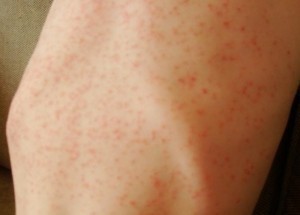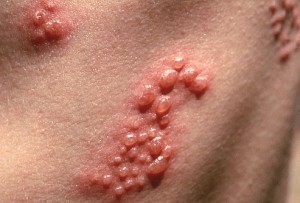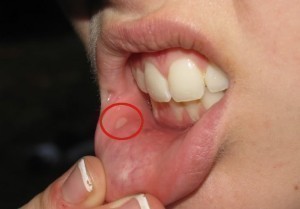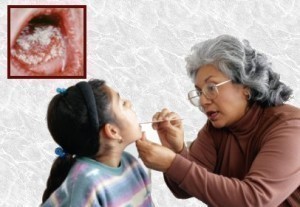What Causes Ringworms?
Ringworm is defined as any of a number of contagious skin diseases caused by several related fungi, characterized by ring-shaped, scaly, itching patches on the skin and generally classified by its location on the body; the hair and nails can also be affected.
The medical term for ringworm is tinea and it is highly contagious. It spreads from direct contact with an infected person or animal. It can also spread when if persons share personal belongings such as towels, clothing, or sports gear. In animals, cats are the most common carriers of ringworm where circular areas of crust and hair loss can be seen.
There are different names for tinea which are dependent on its location on the body. For example tinea capitis refers to scalp ringworm, tinea corporis to fungus of the body, tinea cruris or jock itch, and tinea pedis to fungus of the feet otherwise known as athlete’s foot.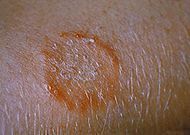
Causes of Ringworm
Ringworm is not caused by an actual worm but by a fungal infection of the skin, the name comes from the characteristic red ring that can appear on an infected person’s skin. The fungi responsible for the infection are known as dermatophytes which live on the outer layer of the skin (skin fungi). Skin fungi can only live on the dead layer of keratin protein on top of the skin. They rarely invade deeper into the body and cannot live on mucous membranes, such as those in the mouth or vagina.
The fungi like warm, moist areas where infection can thrive. This includes places of frequent sweating, including the groin, feet and underarms. Ringworm tends to enter the body through a break in the skin, such as a scratch, cut, or broken skin due to eczema. The risk of developing any superficial fungal infection is 20%-30%. Warm humid climates will aid fungi growth. Persons that have a weakened immune system are at greater risk of developing ringworms.
The fungus that causes scalp Ringworm lives in humans and animals. The fungus that causes Ringworm of the body lives in humans, animals, and soil. The fungi that cause Ringworm of the foot and nails live only in humans.
The most common ringworm cause is direct contact with someone that has the fungus. The infection can also be passed from one body part to another, for example from infected feet to the hands. It is highly likely for the fungi to be passed from one person to another whom live in the same household; contact with shared space and objects is most times unavoidable and persons will usually have the fungus for a while before it is noticed and precautionary measures against spreading the fungus can be undertaken.
Indirect contact can come from handling contaminated objects, belongings or surfaces. Contamination is more common to public areas such as locker rooms, swimming pools and shower stalls, or from contact with areas that infected animals are in. It is also possible for humans to get ringworm from contaminated animals by directly handling or petting them. In animals the infected area appears as a patch of skin where the fur is missing.
There are less common instances of contamination from infected soil. Without sufficient nutrients the fungi may be able to live for long periods in the soil. Humans that come into contact with severely infected soil may contract ringworm, but this is more likely to happen from frequent or continuous contact as in the case of farming or gardening.

